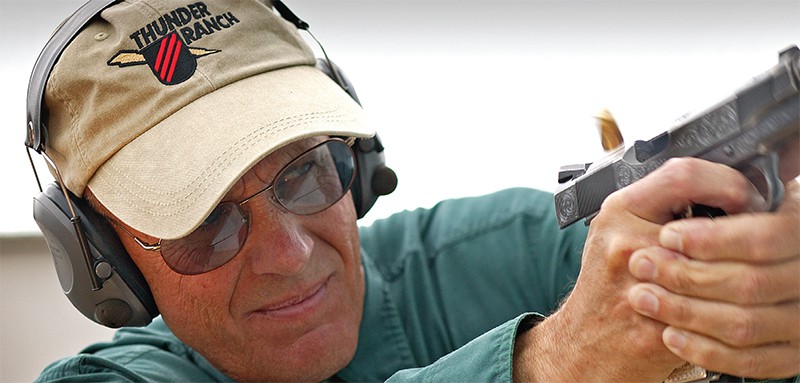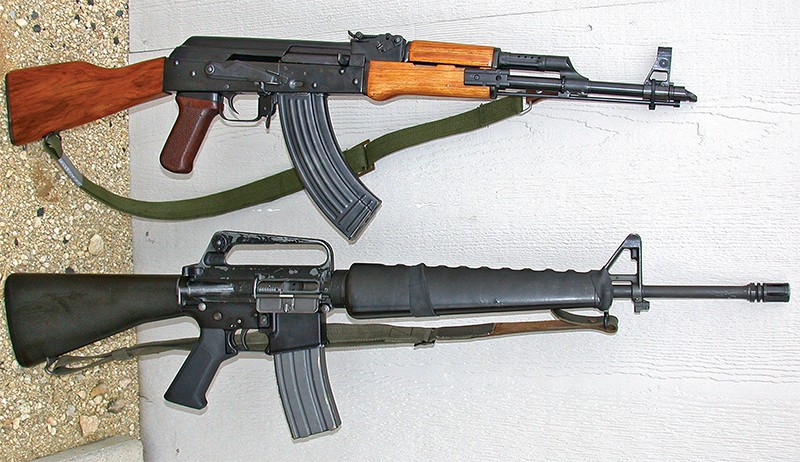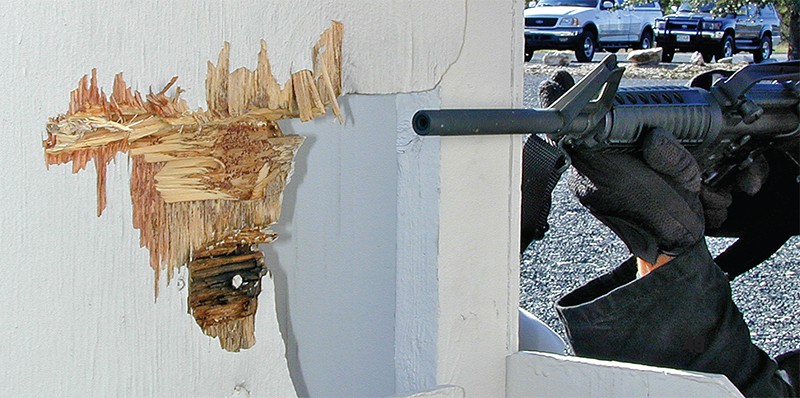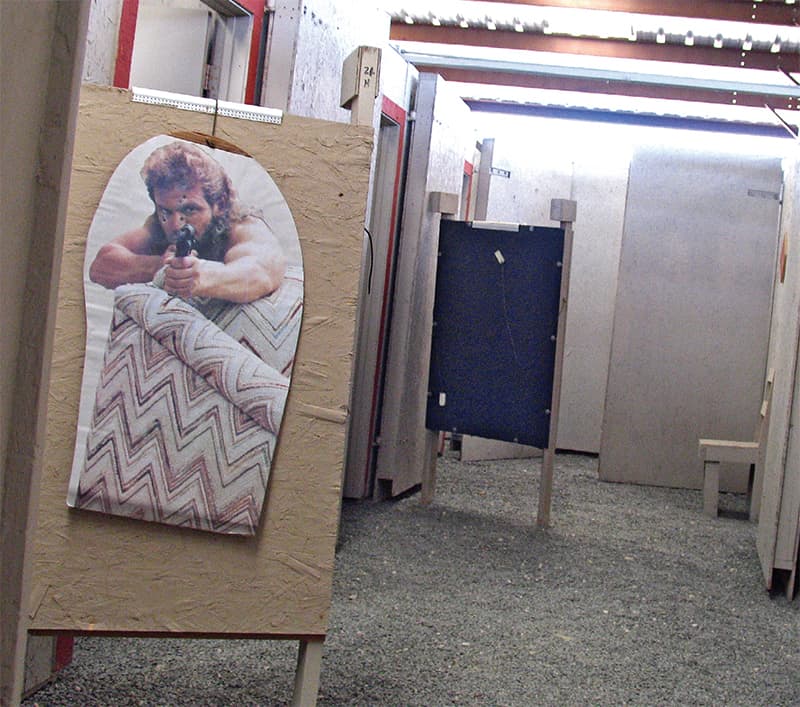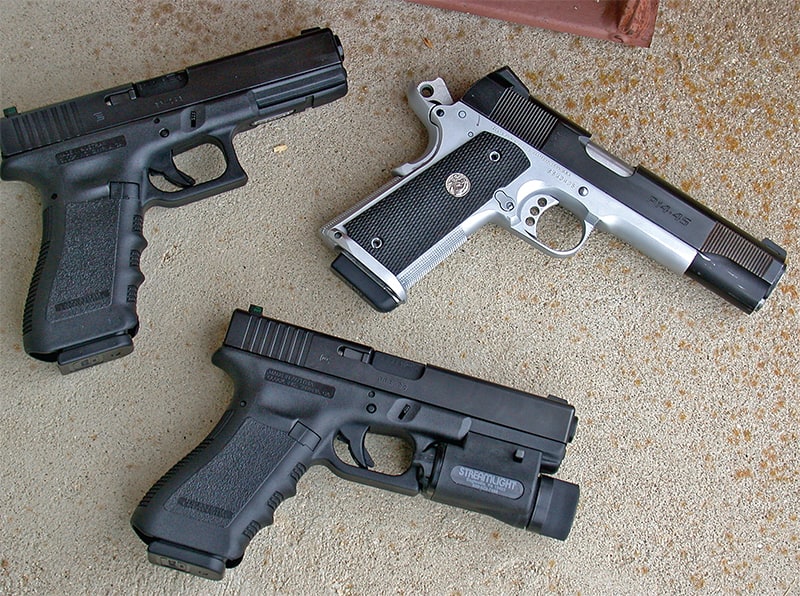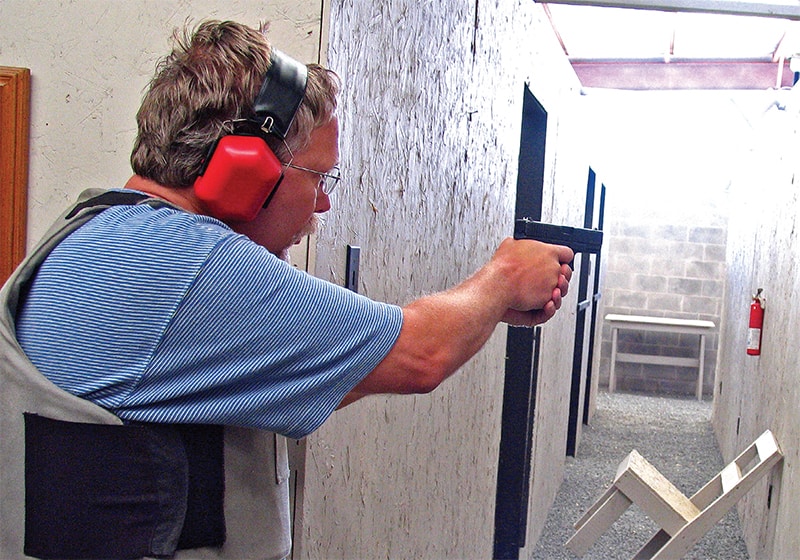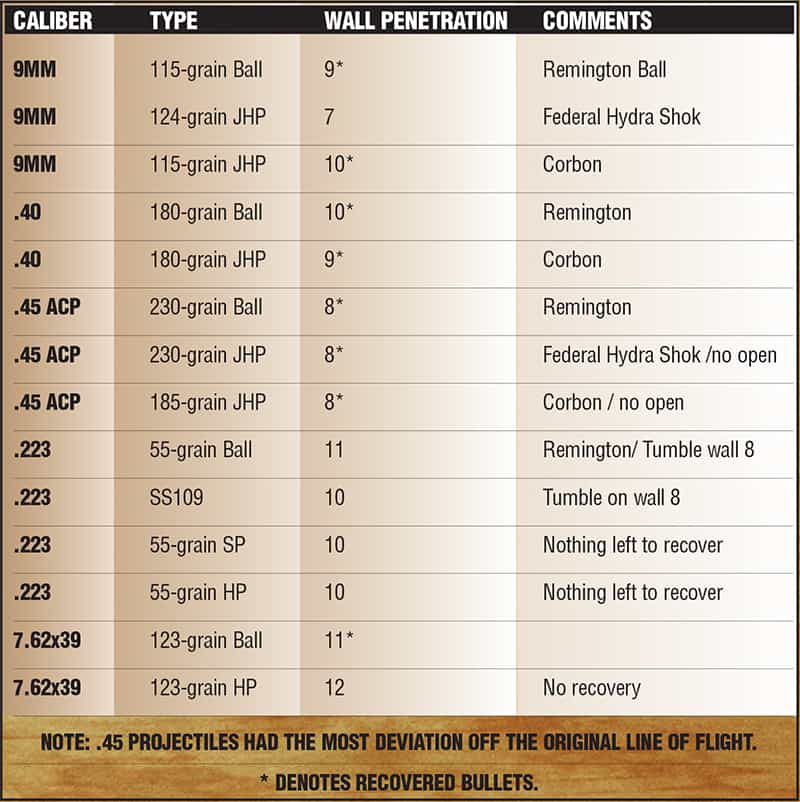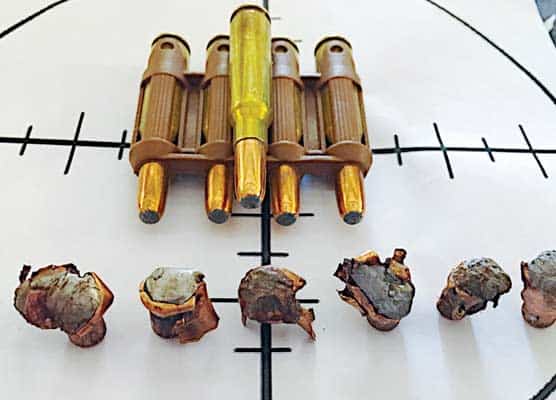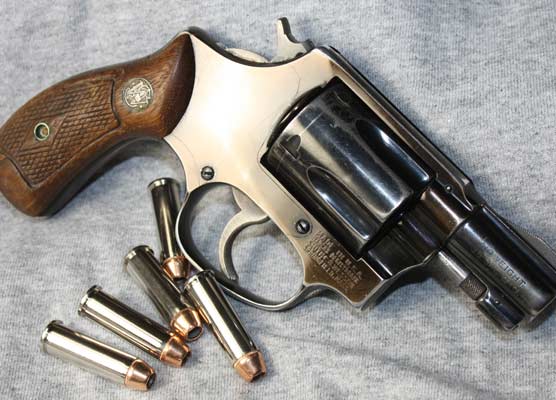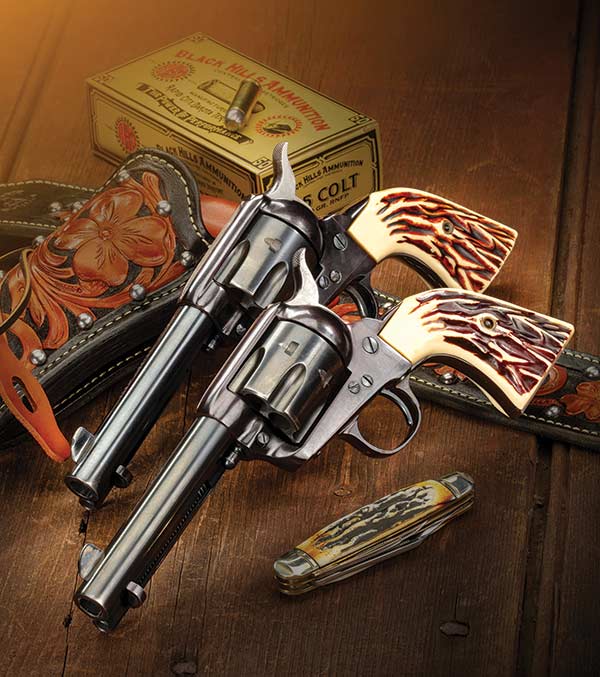Holey Places
What Really Happens When You Shoot Through Walls?
Although the title seems to lend itself toward a religious slant, I don’t want to appear to be blasphemous when I say this has nothing to do about religion. It has a lot to do with holes. Yes holes, like holes through walls, doors, floors or ceilings. And I don’t mean a hole as in peephole or keyhole, I mean hole as in a projectile passing though the wall hole – as in gunfire.
History Lessons
The use of firearms around built up areas has the military acronym of M.O.U.T. for Military Operations in Urban Terrain. This environment is probably one of the most challenging and hostile environments a combat infantryman can encounter, just ask our young men in Fallujah, Iraq. Historically, young American men have been dealing with similar issues for many years in such places as Aachen, Germany in the 1940s, Seoul, Korea in the 1950s, Hue, Vietnam in the 1960s and Mogadishu, Somalia in the 1990s. Unfortunately the list will continue as the world become more urbanized.
For years Local conventional law enforcement officers have dealt with the issue of contacting, dealing with, restraining and even fighting with suspects in built up areas. Unfortunately officers sometimes die in these funnels made up of hallways, stairwells, doorways and all the other components making up buildings.
The use of firearms inside built-up areas creates a whole spectrum of issues that cannot be dealt with at the local, square range, shooting a paper I.P.S.C. target. At issue is the use of cover or concealment — or lack of it — as well as secondary fragmentation created as projectiles pass through walls and structures. Debris and flying shards of wood, sheetrock and stone so generated, are often as dangerous as the projectiles themselves. This issue of flying secondary fragmentation may be the reason we see almost all American troops in Iraq wearing goggles specifically to reduce a large number of potential eye injuries.
Fleeting Moments
In these compressed environments moving, fleeting threats are often hard to identify as threats and can create confusion to the point of possibly shooting friendly personnel. Depending on who you are fighting, your opponent may even be clever enough to set you and yours up to intentionally shoot at each other. The ensuing fratricide can be devastating to morale as well as personnel. Simply ask the Russians who fought the Chechens in Chechnya. It’s documented the Chechen fighters set themselves in positions to intentionally start cross fires between Russian troops, to include firing through floors and ceilings at Russians above and below the Chechens inside multi-floored buildings. In the ensuing fights, Russian casualties were caused by friendly fire.
At Home
All of the things addressed in the short history review apply to the homeowner should you elect to defend yourself in your own home. Location of other family members inside the house itself, the construction of your home and the weapons you may deploy inside the home are all points needing consideration. It’s important to consider the possibility of even constructing or recreating backstops comparable to your home interior walls, to see what effects this gunfire may have on your fight, your home and your family.
Testing
In an attempt to at least let you have some idea of what to expect if shots pass through walls, I shot a series of the most often used weapons, calibers and projectile designs to see what they might do in this walled environment. This was not a scientific study, I simply shot firearms at walls inside a building to see what the possible results may be. There was consistency in the sense of the distances from the muzzle to the first wall the projectile contacted, and as well the angle of attack or flight path for the projectiles. I have no axes to grind, points to prove or ammo to buy or sell. I just shot walls.
The Test Bed
I shot through, or had available to shoot through, twenty-two walls, 3/8″ thick, spaced over thirty feet. By adding the number of walls together, i.e. three walls would total 1 1/8″ total of material through which the projectile passed, you can figure the depth of penetration. Six walls equal 2.25″ of penetration, etc., so you get the drill.
An asterisk posted next to the number of walls penetrated denotes projectiles recovered. Some projectiles were completely destroyed in flight, others were lost in interior walls and were not available for recovery, and in those cases the wall count represents only walls penetrated. (See chart).
Results
The results are self-explanatory. Pistol projectiles penetrate more than might be expected, and even through rifle projectiles penetrate more, they may not go through as much of the mediums as might be expected. All of the projectiles used struck hard mediums early in flight, so failures to expand in the textbook sense should not, in my opinion, be considered as failures of the projectile to expand properly.
These results may aid in weapon selection, but deviations should be considered (i.e. whether or not projectiles might be striking interior wall studs and fixtures). No studs or fixtures were hit during the testing we completed, but this may not be the case in the “real” world.
I think everyone reading this understands the purpose of shooting is to hit the intended threat. Based on my experience, I know many people do not “clear” their muzzles in relationship to the sights. Knowing your sight is clear and on target does not confirm the muzzle is clear of obstructions, especially in high stress environments. If the ranges are short and the targets are moving, there is an increased chance for walls and doorframes to be struck by your outgoing projectiles. This will, almost without fail, cause deviation of the flight path to some degree. So simply clear your sights and muzzle before firing to achieve optimum results on the target.
If you are ever required to fight in these environments, it’s important to put holes in the targets — and not necessarily create holey places in your home.

Sign up for the Personal Defense newsletter here:
